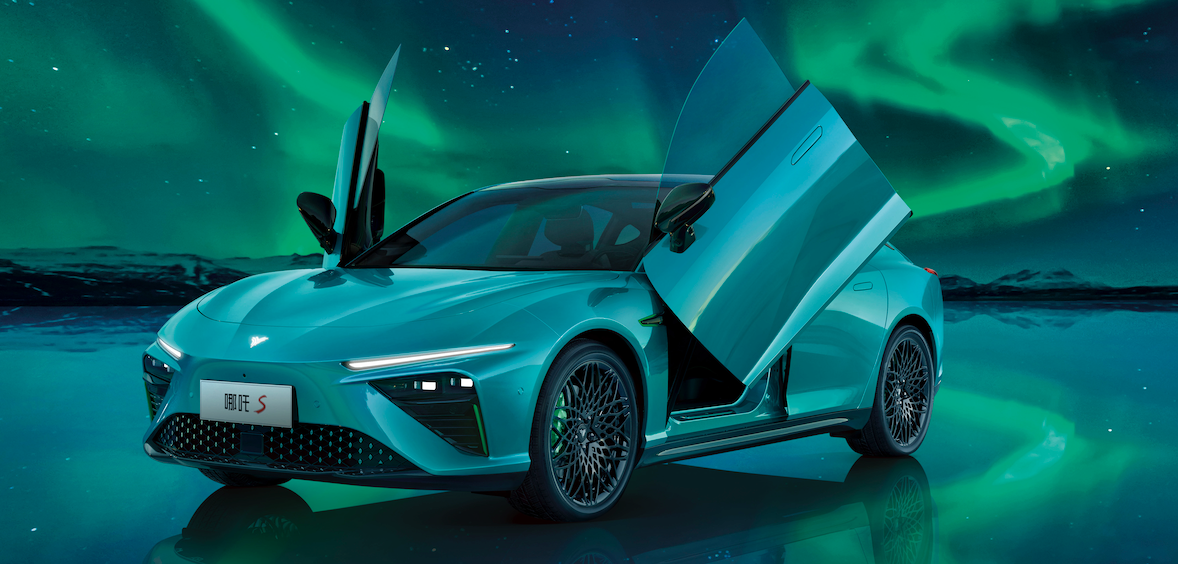On June 6th, it’s the start of Mangzhong, a solar term that signifies a significant increase in temperature, sufficient rainfall and high humidity, making it suitable for planting late rice and other grain crops. For farmers, Mangzhong marks a turning point for planting, as the survival rate of crops declines after this period. As for NETA, today marks the day when a NETA S “Yao Shi Edition” seed has been sown, and NETA’s expectation for this seed is unprecedented.
The Cheapest Scissor Doors?
Special door-opening methods such as butterfly doors, scissor doors, gull-wing doors, and falcon-wing doors are all seen on some supercar models. The idea behind these special doors is roughly the same for supercars, given their low chassis and cockpit seat posture. At the same time, the unique opening methods have become memorable features of these luxury cars.
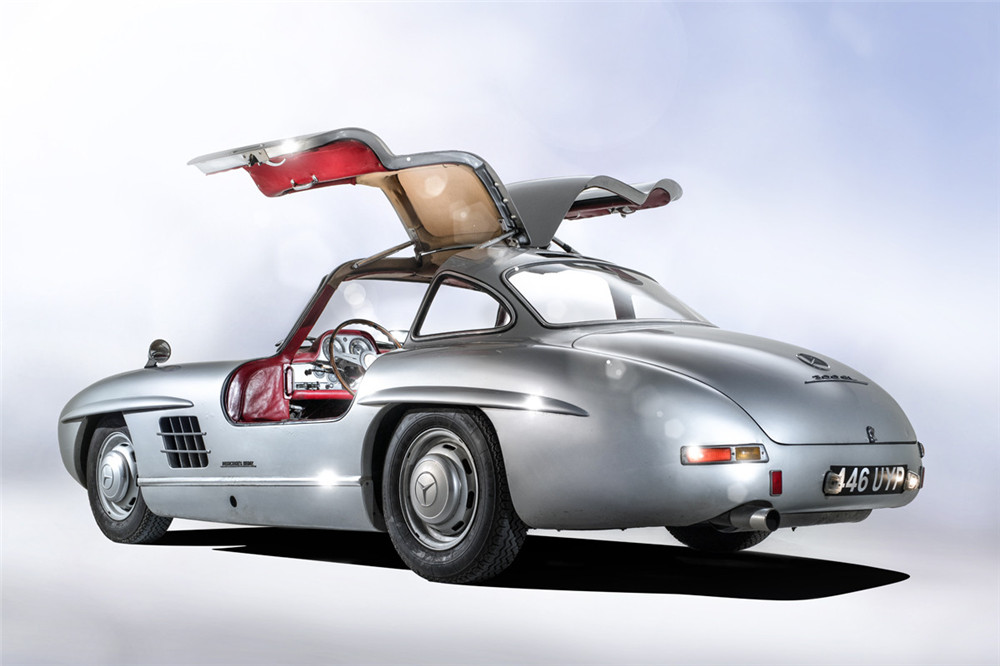
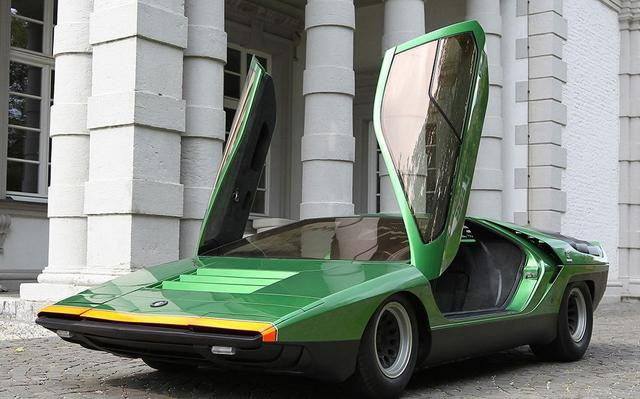
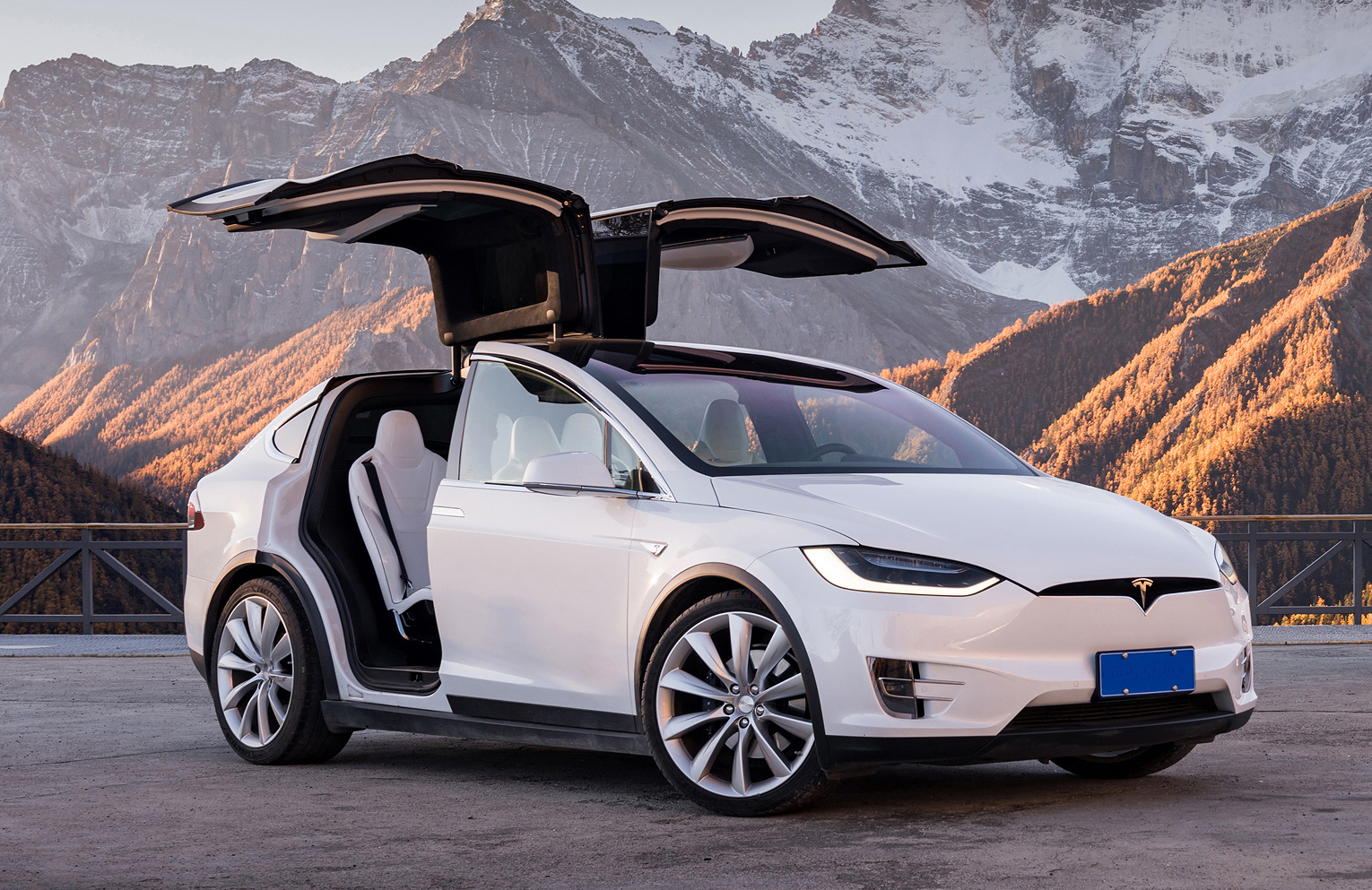
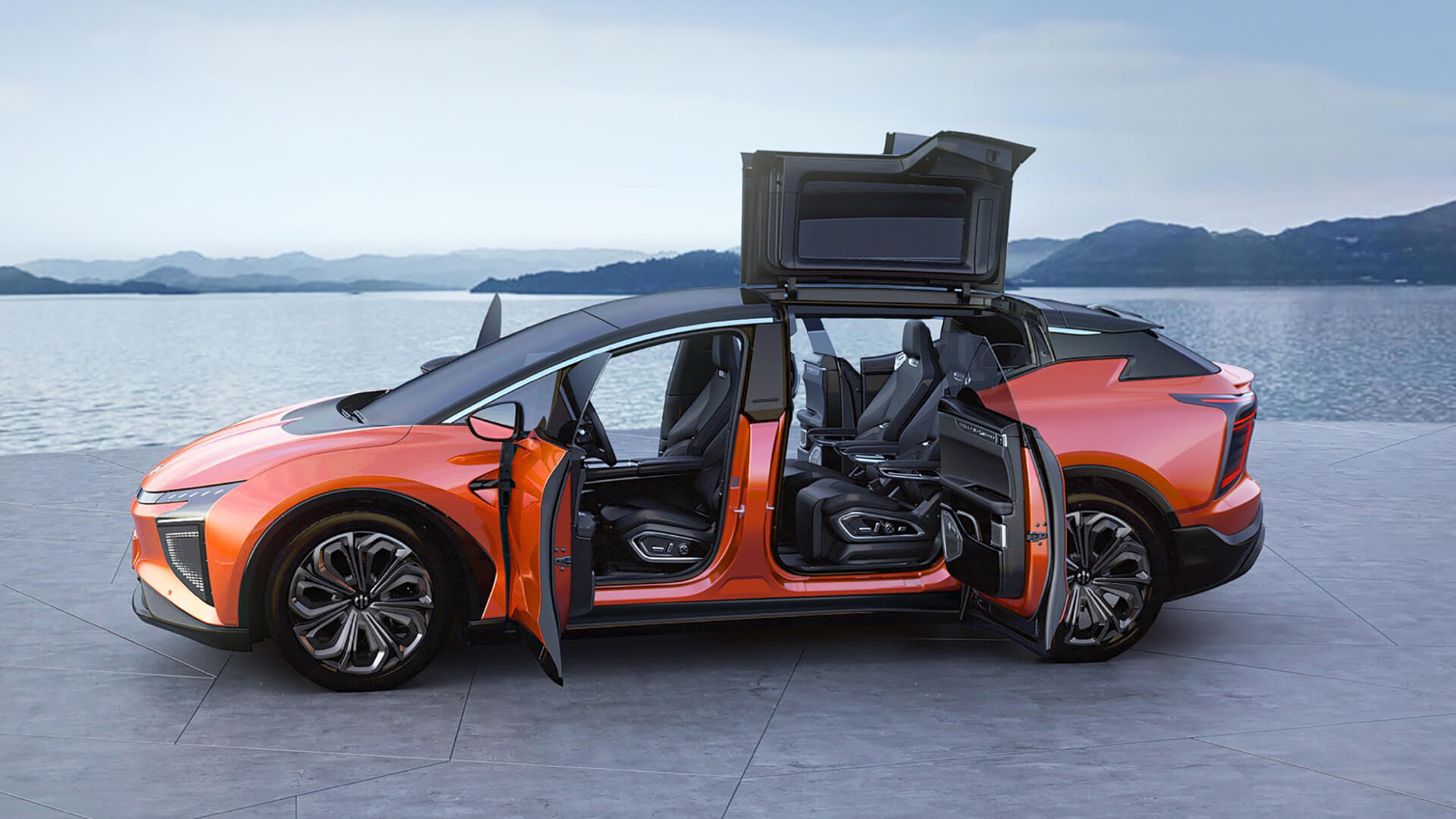
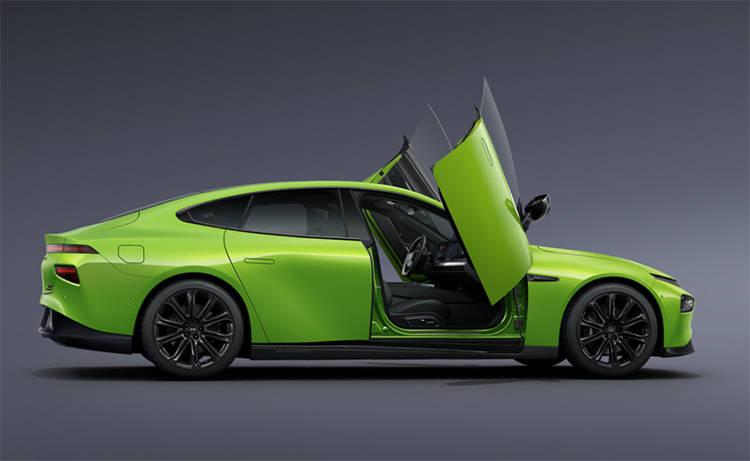
For Chinese consumers, especially those who prefer new energy vehicles, unconventional door designs or unique opening methods have become omnipresent. From Tesla’s Model X to Ideal One’s HiPhi X, and now XPeng P7 Pengyi Edition, the opening methods of these unconventional doors have become more affordable.
2022 670E+ Pengyi Edition – CNY 387,900
2021 670E Pengyi Edition – CNY 386,900
2021 562E Pengyi Performance Edition – CNY 429,900Until now, the pre-sale price of the NETA S Shining Edition has been raised to 338,800 yuan, nearly 50,000 yuan cheaper than the Pengyi Edition of XPeng P7. However, the NETA Shining Edition is limited to just 999 units, so is this the cheapest scissor door car?
More Than Just Scissor Doors
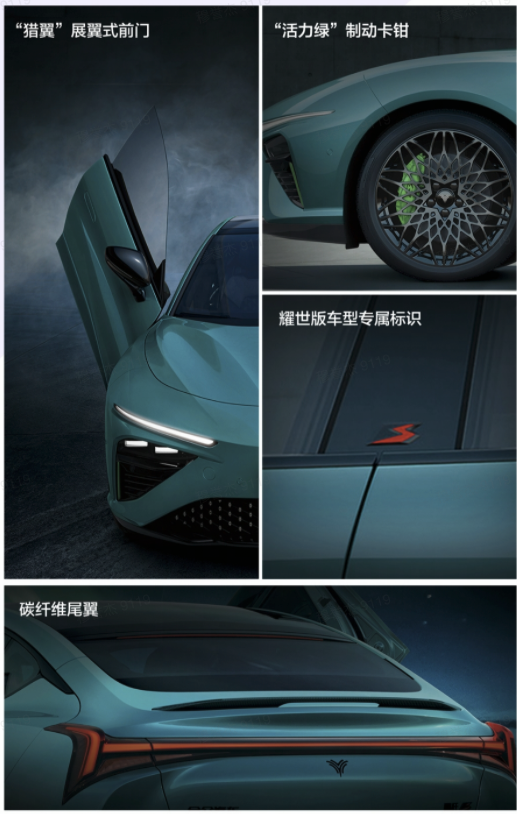
This model belongs to the upper-level NETA S model, so it stands out not only for its scissor doors but also for its exclusive green brake calipers, badges, and carbon fiber spoiler, highlighting the version’s uniqueness.
The interior is also consistent with what has been previously exposed:
- 17.6-inch floating central control screen:
Magnesium-aluminum alloy shell, thinnest thickness of 13.3 mm, and black border of just 6.5 mm with a screen-to-body ratio of nearly 90%;
- 12.3-inch exclusive entertainment screen for the co-driver:
Specially designed for the co-driver, providing voice entertainment and other functions;
- AR-HUD head-up display:
Displays instrument information, AR navigation, safety-assisted driving, and entertainment;
- 13.3-inch hidden instrument panel screen:
Provides timely information about vehicle operation for the driver;
- 21-speaker acoustic system, with a maximum output of 1,216 W:
Includes 12 main speakers, 1 subwoofer, 4 ceiling speakers, and 4 headrest speakers.
At the same time, this model emphasizes sportiness and naturally adopts a four-wheel-drive dual-motor design with a peak power of 340 kW and an overall peak torque of 600 N·m, capable of accelerating from zero to 100 km/h in just 3.9 seconds, braking from 100-0 km/h in 36 m, and reaching a deer test speed of up to 80 km/h.
What About Lidar and Huawei MDC?
Since this model mainly emphasizes sportiness and not autonomous driving, it does not apply NETA’s TA Pilot 4.0 platform but instead uses TA Pilot 3.0, which can achieve high-speed navigation function with high-precision maps.
TA Pilot 3.0:
- 5 millimeter-wave radars
- 11 cameras (2 forward-facing 8 million pixel cameras, 4 panoramic cameras, and 5 surrounding cameras)
- 12 ultrasonic sensors
- High-precision maps
- Computing platform: Texas Instruments TDA4 (total computing power of 14 TOPS)
- Capable of achieving high-speed navigation function# NETA S with “First Generation Equality” emphasizes that it is equipped with dual laser radar for stronger perception and the TA Pilot 4.0 with Huawei MDC platform for greater computing power to achieve city navigation function. Functions other than city navigation will be available before Q2 of next year at the earliest.
TA Pilot 4.0
- 5 mmWave radars
- 11 cameras (2 forward 8M cameras, 4 surround view cameras, 5 panoramic cameras)
- 12 ultrasonic sensors
- High-precision map
- 2 laser radars
- Computing platform: Huawei MDC (200 TOPS)
- Can achieve high-speed + city navigation function
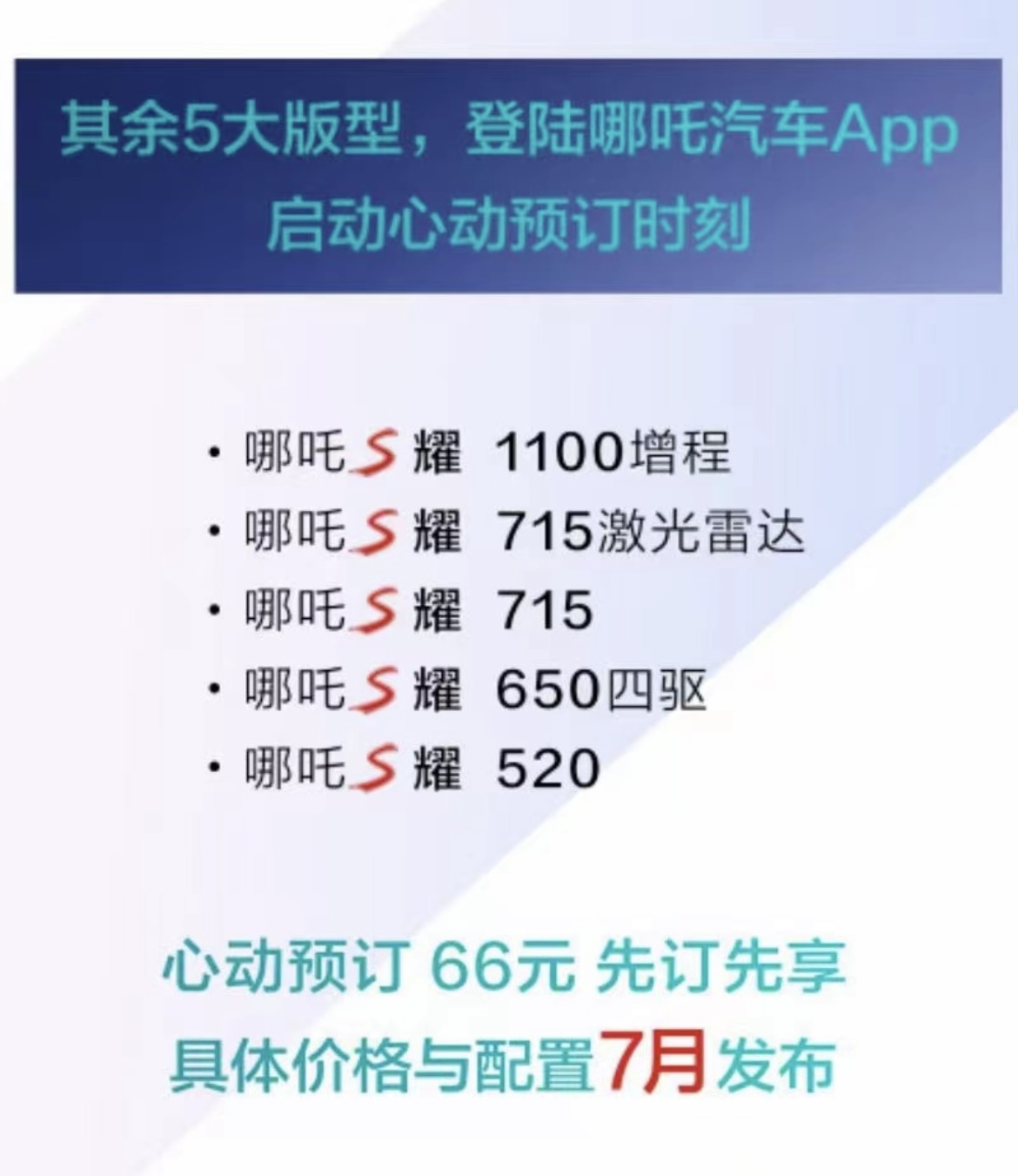
This time, NETA also announced other versions of NETA S: Yao 1,100 for longer range, Yao 715 with laser radar, Yao 715, Yao 650 four-wheel drive, and Yao 520. It can be seen that the long-range version is sold as a sub-top version, rather than as an independent product line like BYD’s Han DM-i.
It is also specifically stated that the laser radar model will be applied to the Yao 715 model, with a longer range and higher-end ADAS. I think the price of this car should be around 250,000 yuan. We’ll see if it’s accurate.
User Rights
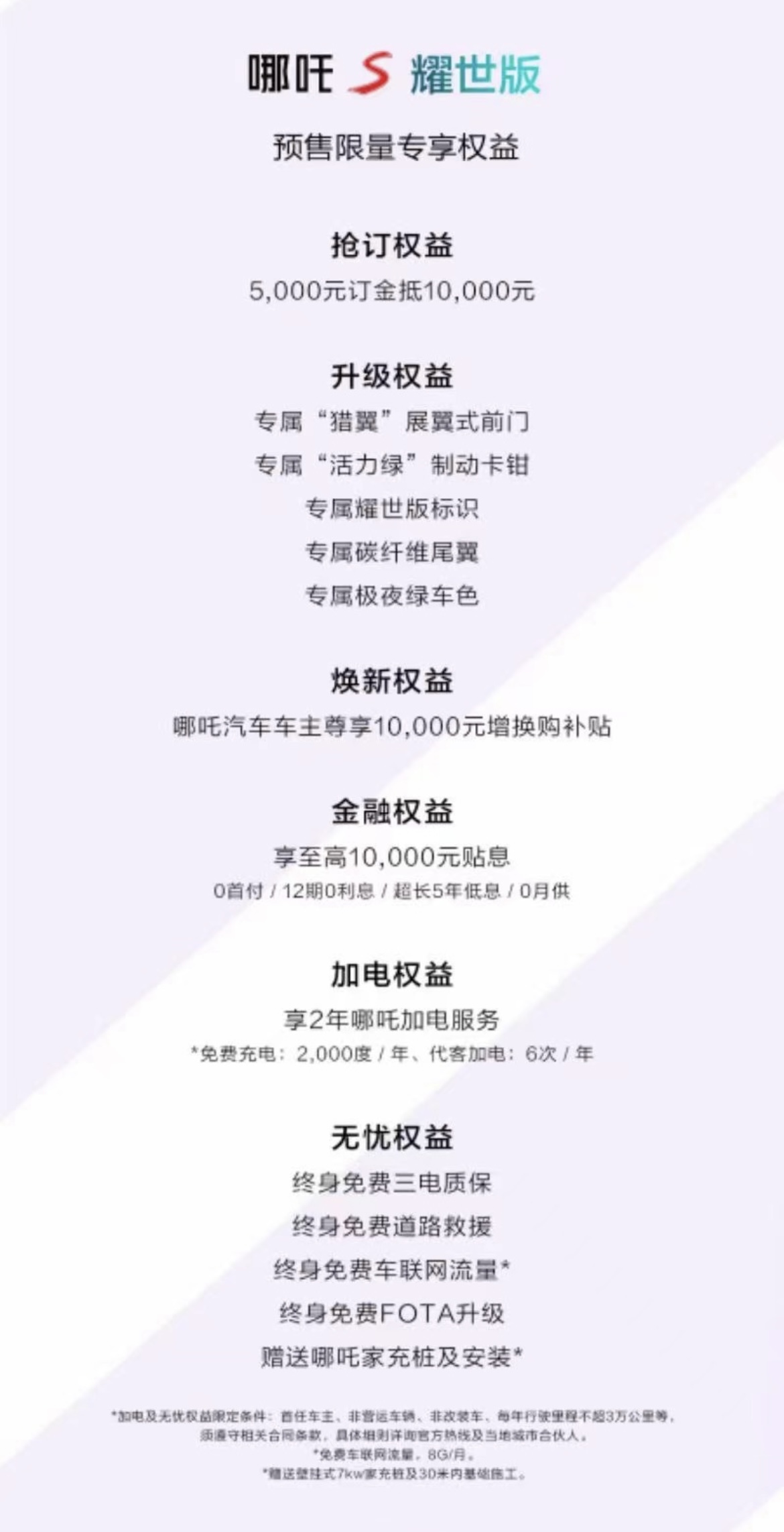
Regarding user rights as shown in the figure, the main benefit is that a 5,000 yuan deposit can be used for a 10,000 yuan deduction. In addition, existing NETA car owners can receive a subsidy of 100,000 yuan when purchasing a new one. Within two years, users can enjoy 2,000 kWh of free electricity per year and 6 free customer charging sessions per year, among other benefits.
There are not many free charging benefits available now. As the market opens up, OEMs are gradually weakening the impact of this part of the benefits on users. However, compared to other brands, NETA’s strategy is more attractive. It remains to be seen if other car models will follow suit.
NETA S and Hezhong
In my previous article on “NETA S: Starting from Internal Cultivation to Impacting the High-End Market”, I mentioned that NETA S is Hezhong’s flagship car and carries great expectations.
NETA’s official personnel also mentioned NETA’s previous “low-key” approach. This is to leave an initial impression of NETA S on potential consumers’ minds. Therefore, the importance of NETA S to the entire Hezhong group is self-evident.This also brings to mind the counterattack of XPeng P7. Despite the pressure of domestically produced Model 3, XPeng P7 still broke through the siege and even now remains the sales leader of the entire brand. And with P7, XPeng successfully broke through the upper limit of brand unit price, paving the way for further progress of G9.
Will history repeat itself with the NIO ES on the Yaoshi edition? This is something we need to wait for feedback from the market to determine. However, XPeng’s strategy is actually to first release ultra-long-range models, then use ADAS capabilities to create an “intelligent” label and break out of the circle. Finally, through the Pengyi edition and the latest Black Warrior, they have again raised the upper price limit of P7.
After the release of the Yaoshi edition, the price limit of the NIO ES series has been effectively locked, meaning that the most expensive model of this generation will be priced at 340,000 RMB. Other versions will only be cheaper.
I believe Hozon has also deeply explored this route internally, but whether this route is good or bad can only be judged by sales and whether they can meet expectations.
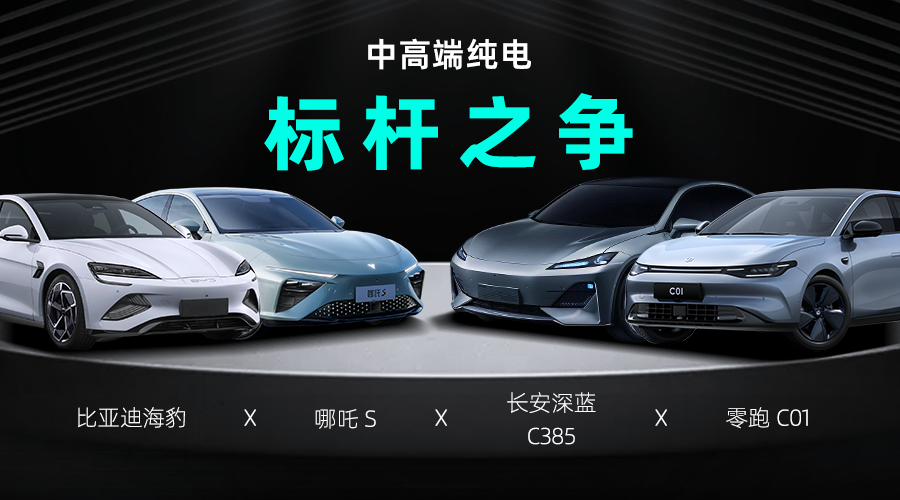
This article is a translation by ChatGPT of a Chinese report from 42HOW. If you have any questions about it, please email bd@42how.com.
